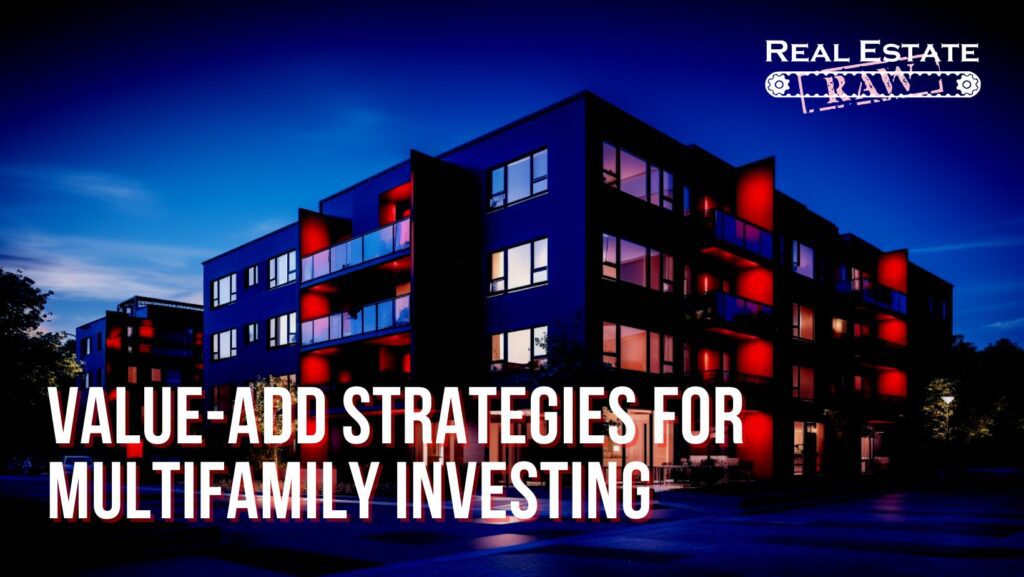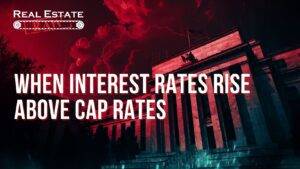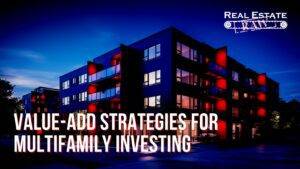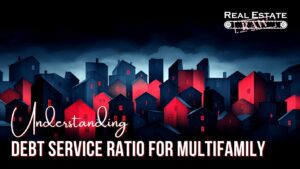In this article I will give you some tips for value-add strategies when investing in multifamily and some tips on deal analysis. I am not going to cover the basics of deal analysis such as calculating cap rates or cash on cash.
Knowing the value of something is the first and most crucial step to building wealth. This is why proper deal analysis is so important. When you look at a deal start with the market surrounding the property. Start with data you can gather on the internet such as economic demographics. What is the average income of the population in the area? Are there jobs coming or going from the submarket?
Next, I would suggest driving the area (3–5-mile radius) around your property. I pay special attention to the commercial properties in the neighborhood. Look at the store fronts. Are they vacant or are all filled with business? Regardless of what your agent or the local news may say about the area, if you see that the local strip malls are vacant, the economy of the area is not good. These vacant store fronts are the places your tenants would have worked if there was a business there. If your tenants have jobs, you have occupancy.
Next when analyzing a deal, you must place the property into the context of the surrounding area. What I mean is that you need to pay close attention to the competitive properties in the area. What are their occupancy levels compared to yours? All properties will eventually meet the market average. If all of the complexes surrounding yours have higher vacancies than the deal you are looking at, yours will rise to match the market eventually. I have had many students come to me with deals that had high occupancy in an area surrounded by low occupancy deals. Usually this indicates that the seller has quickly leased the property and occupancy will eventually fall (just after you buy it).
The reverse can also be true. If you find properties in an area with high occupancy and your subject property has low occupancy, this can be good. This could mean that with better management you could bring the levels back up to meet the market. The simple rule of thumb is if the area has high vacancies, then raising your occupancy is not likely to be a value add. If the area has low vacancies, then bringing the occupancy back to the market could be a value add. Properties eventually meet the market average so you should know what historic occupancy rates are in the area and look for deal in areas with healthy occupancies.
Raising rents is also a common value play on some deals. This can also be one of the most common sales pitches given to you by a broker or agent selling you the property. When someone tells me rents can be raised, I always ask myself several questions.
If rents can be raised, why didn’t the seller already do it?
If other complexes in the area have higher rents, are my units competitive in amenities, size, and condition?
You must diligently find the answers to these questions to verify whether raising rents is an actual value add mover or not. If your competition has nicer units then you will likely not be able to raise rents without undergoing a substantial renovation cost. Most units are below market rent because they are outdated. The cabinets, appliances, carpet, and countertops are old. To get the rent up to market you will need to spend a fair amount of money on each unit. Act like a renter and fill out some applications with the competing apartment complexes. Get them to give you a tour and see how their units look compared to yours.
Price per square foot is another key component to raising rents. If you have a 2-bed unit and the competition has a 2-bed unit that rents for more…you should be able to raise rents, right? Not necessarily. Look at the square footage of their unit and yours. If their unit is larger, it will rent for more. Use the (rent) price per square foot to see how your units compare with other units in the area. If your price per foot is less, then it may be a value add but if it is the same or higher, then the competition has larger units, and it is not a value add.
Good old fashioned curb appeal is one of my favorite value-add strategies for multifamily. What is your reaction when you first see a property? Do you feel good? Do you think “yuck”?
Your tenants will have the same reaction you do. Everyone wants to live somewhere they are proud of. The exterior of your complex can have a tremendous effect on rent rates and how well your tenants treat the property. Landscaping can be a very inexpensive value add that has a powerful effect on your value and cash flow. I have found that nice landscaping can detour crime sometimes. Adding fresh pine straw and flowers can give a property a new look and can help you raise occupancy and rents.
Resurfacing a parking lot can also give a property a big facelift. This can be done for less than you might think and will have a big effect on the residents. Look at the exterior of the buildings. Many properties have not been painted in the last few decades since styles and tests have changed. Updating the color patterns of the buildings to modern color is a great idea that is cost effective.
These are all ideas for understanding value adds for properties. There are obviously too many to put in an article, but I hope this helps you to view your prospective deals with a new point of view. Repositioning and using the value-add strategy is a great way to explode your properties value but you must always start with the understanding of the play and its costs.
For more information like this check out my blog at www.realestateraw.com and join my Facebook group Real Estate Raw for Multifamily Investors.
Best of luck!
Bill Ham


































